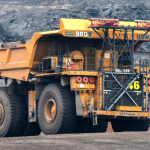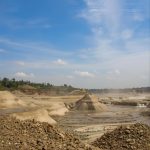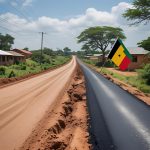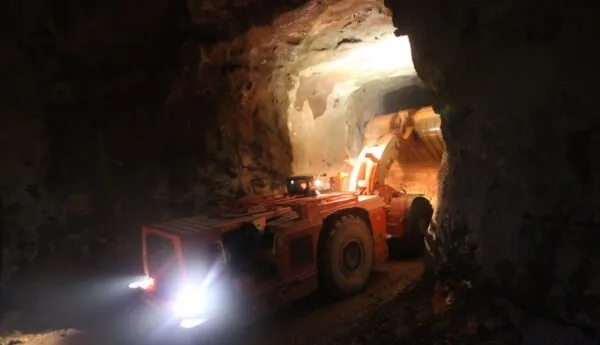DRC’s mining company Gecamines and Ivanhoe Mines IVN have inked a deal that will see Kipushi zinc mine in the Democratic Republic of Congo back to commercial production.
The mine located in the province of Haut-Katanga and southeast of the company’s Kamoa discovery, is adjacent to the town of Kipushi and approximately 30 kilometres southwest of the provincial capital of Lubumbashi.
The Kipushi Project is based on the high-grade, underground zinc-copper mine in the Central African Copperbelt, which mined approximately 60 million tonnes grading 11% zinc and 7% copper between 1924 and 1993.
In addition to producing copper and zinc, the mine produced 12,673 tonnes of lead and approximately 278 tonnes of germanium between 1956 and 1978. The mine had been managed on a care and maintenance basis since 1993.
Historical production
Most of Kipushi’s historical production was from the Fault Zone, a steeply-dipping ore body rich in copper and zinc that initially was mined as an open pit. The Fault Zone extends to a depth of at least 1,800 m below surface, along the intersection of a fault in carbonaceous dolomites. Before Kipushi was idled, Gécamines discovered the Big Zinc deposit at a depth of approximately 1,250 metres below surface and adjacent to the producing Fault Zone. The Big Zinc Deposit has not been mined and is the initial target for production as outlined in the new feasibility study.
Ivanhoe Mines acquired its 68% interest in the Kipushi Project in November 2011; the balance of 32% is held by the DRC’s state-owned mining company, Gécamines. The new agreement sets out the commercial terms that will form the basis of a new Kipushi joint-venture agreement establishing a robust framework for the mutually beneficial operation of the Kipushi Mine for years to come, and is subject to execution of definitive documentation. Ivanhoe said upon deal implementation, Kipushi will have an average grade of 36.4 per cent zinc over the first five years of production. This will be world’s highest-grade major zinc mine.















